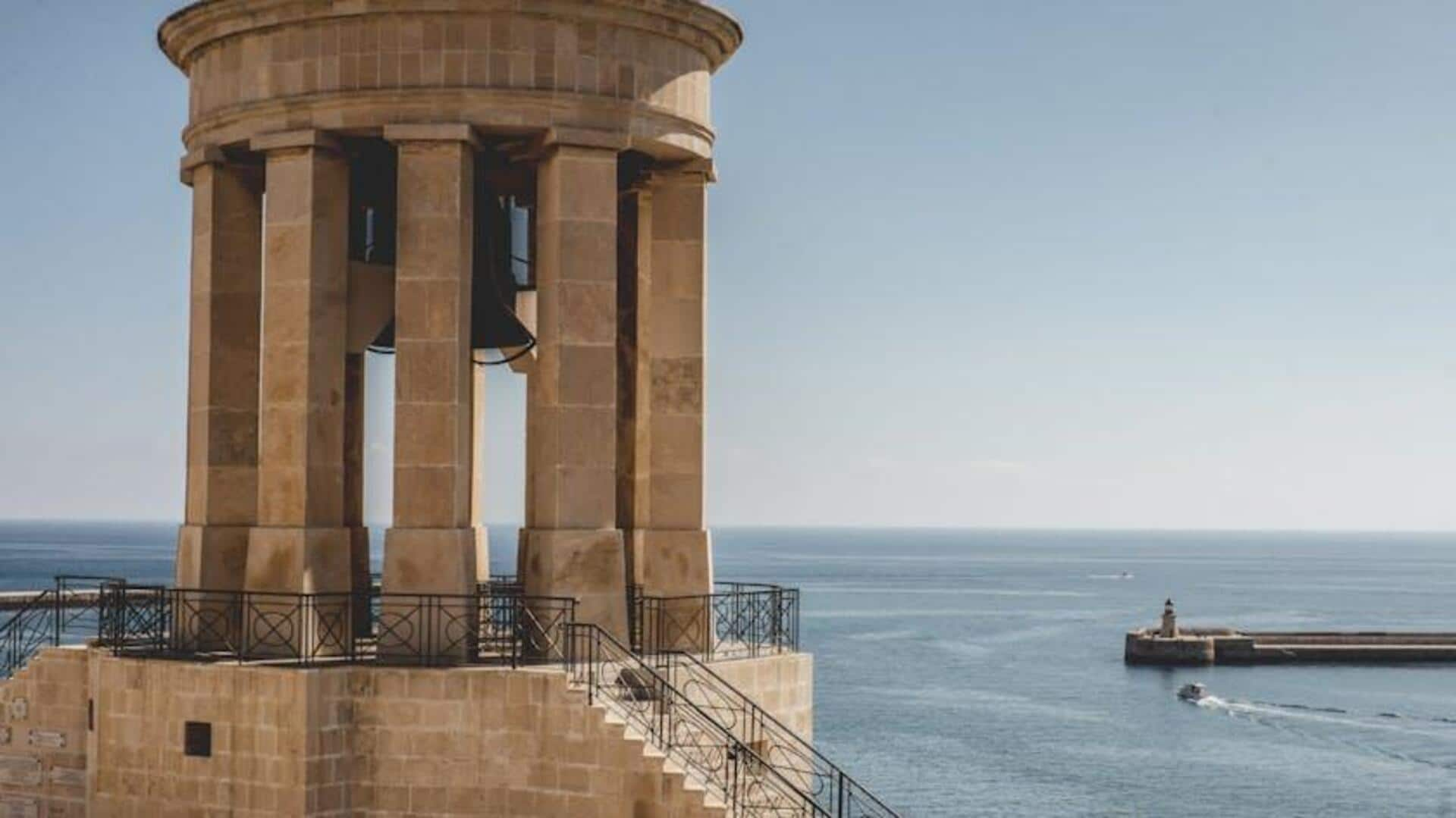
Discover Malta's ancient mysteries
What's the story
Malta, a small island nation in the Mediterranean, is steeped in history and mystery. This archipelago is home to some of the oldest free-standing structures in the world. Beyond its stunning beaches and vibrant cities, Malta offers a journey back in time through its ancient temples and mysterious sites that have puzzled historians and archaeologists for centuries.
Temples
The megalithic temples of Malta
The Megalithic Temples of Malta, older than Stonehenge and the Egyptian pyramids, are among Earth's earliest religious sites. Built between 3600 B.C. and 700 B.C., these temples demonstrate prehistoric architectural brilliance with intricate designs and advanced techniques that still perplex experts. Exploring these sites offers a glimpse into the ancient lives of Malta's inhabitants, revealing their ingenuity and spirituality.
Hypogeum
The Hypogeum: A subterranean enigma
Discovered in 1902, the Hal Saflieni Hypogeum is a prehistoric underground burial site dating back to around 4000 B.C. This complex of halls, chambers, and passages, carved from limestone, served as both sanctuary and necropolis. Its construction precision, without modern tools, marks it as an archaeological marvel. Enhanced by excellent acoustics and mysterious red ochre paintings, its allure is undeniable.
Cart ruts
Cart ruts: Tracks to nowhere
Across Malta, enigmatic networks known as "cart ruts" carve through the landscape. These parallel grooves etched into the rock have baffled researchers for decades. Their exact purpose is still a mystery, with speculations ranging from ancient irrigation systems to transportation tracks. Despite the ambiguity of their origins, these ruts provide intriguing insights into the resourcefulness or necessity of Malta's early inhabitants.
Mnajdra
Mnajdra: Astronomy's ancient temple
Mnajdra is one of the most atmospheric temple complexes on Malta, located near the southern coast overlooking the sea. Built around 3600 B.C., it is particularly famous for its astronomical alignments; during equinoxes and solstices, sunlight illuminates specific parts of the temple interior in spectacular fashion. This suggests that Mnajdra served not only religious purposes but also as an ancient astronomical observatory.
Ghar Dalam
Ghar Dalam Cave: A prehistoric time capsule
Ghar Dalam Cave, one of Malta's earliest human habitats, dates back about 7400 years. This cavern contains numerous layers of animal bones and human artifacts from various periods, providing insights into the island's prehistoric life. The deepest layers hold fossils from animals that once crossed a land bridge from mainland Europe to Malta, revealing a connection thousands of years old.